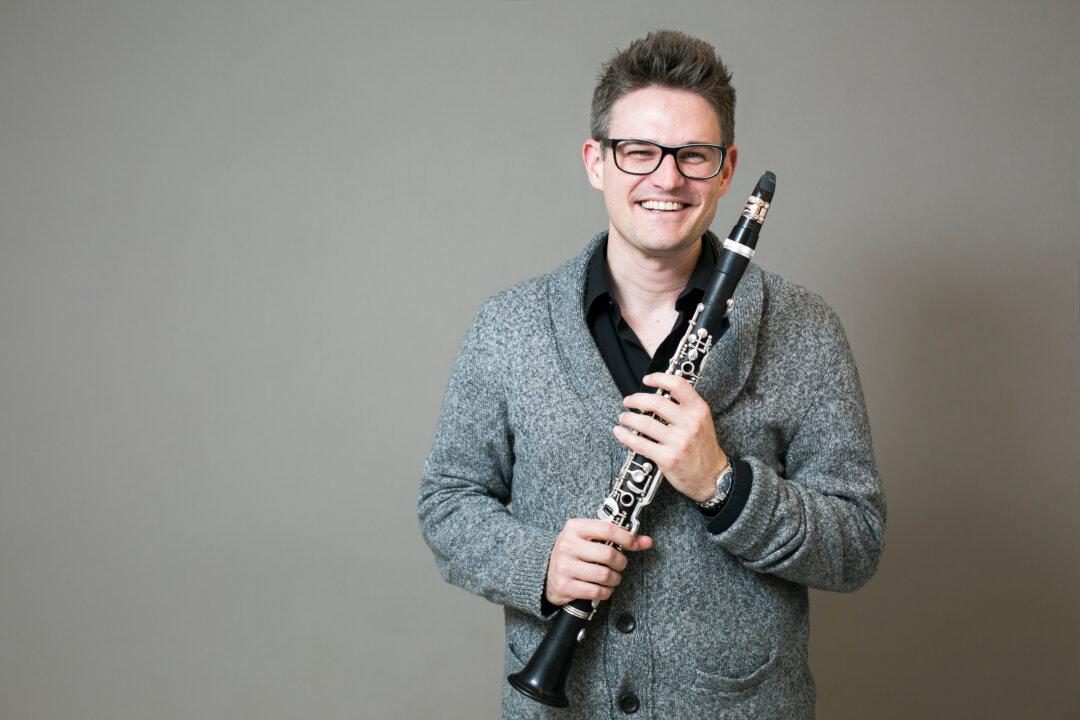NEW YORK—When Sebastian Lambertz arrived in the city from the town of Norf in Germany he could not stop people-watching. He was completely fascinated. The rich variety and unstoppable energy of New York seemed to finally match his own pace, curiosity, and gregariousness about life, music, and the arts.
“When I do something, I have to be 100 percent into it, otherwise I can’t do it,” he said, reflecting on his music career so far at The New School where he studied with the clarinet virtuoso, Charles Neidich and where he recently completed a Professional Studies Diploma at the Mannes School of Music.
Hearing him play the clarinet, there’s no question about his passion and dedication.







